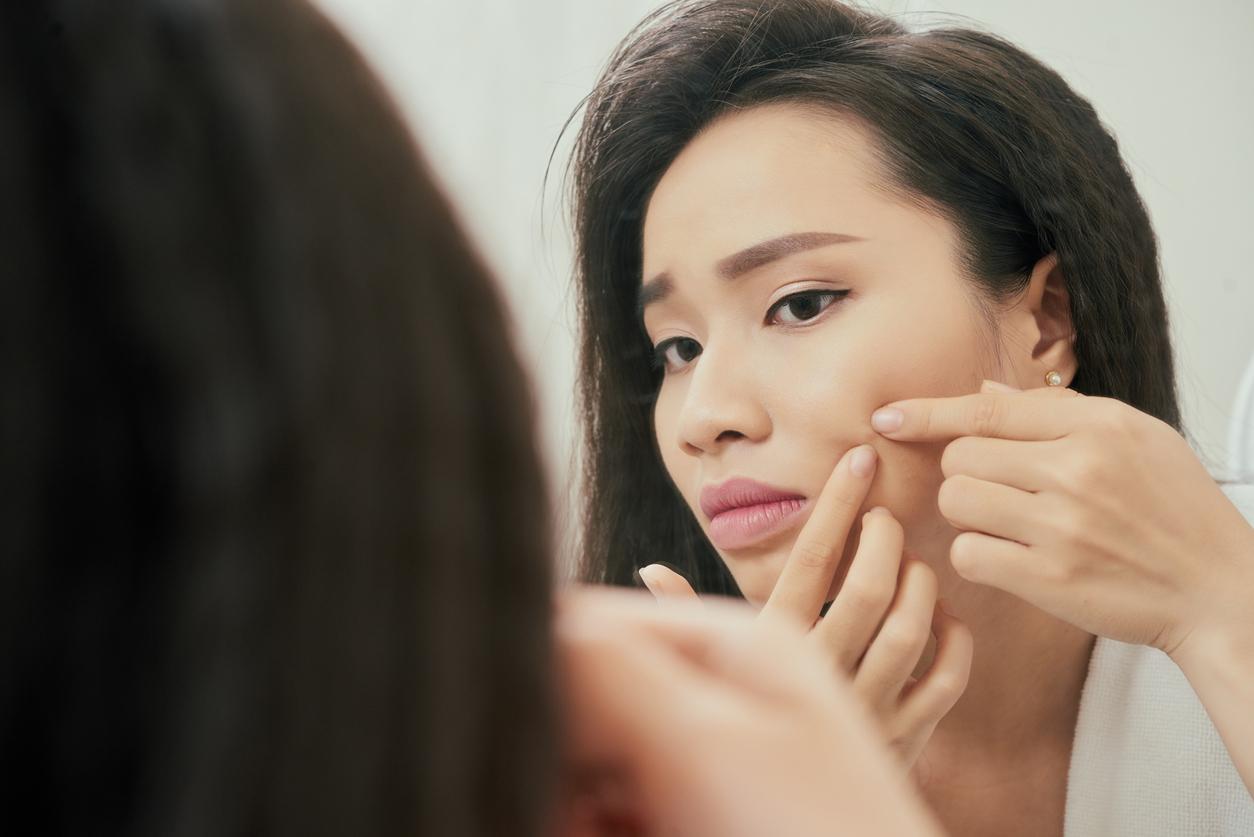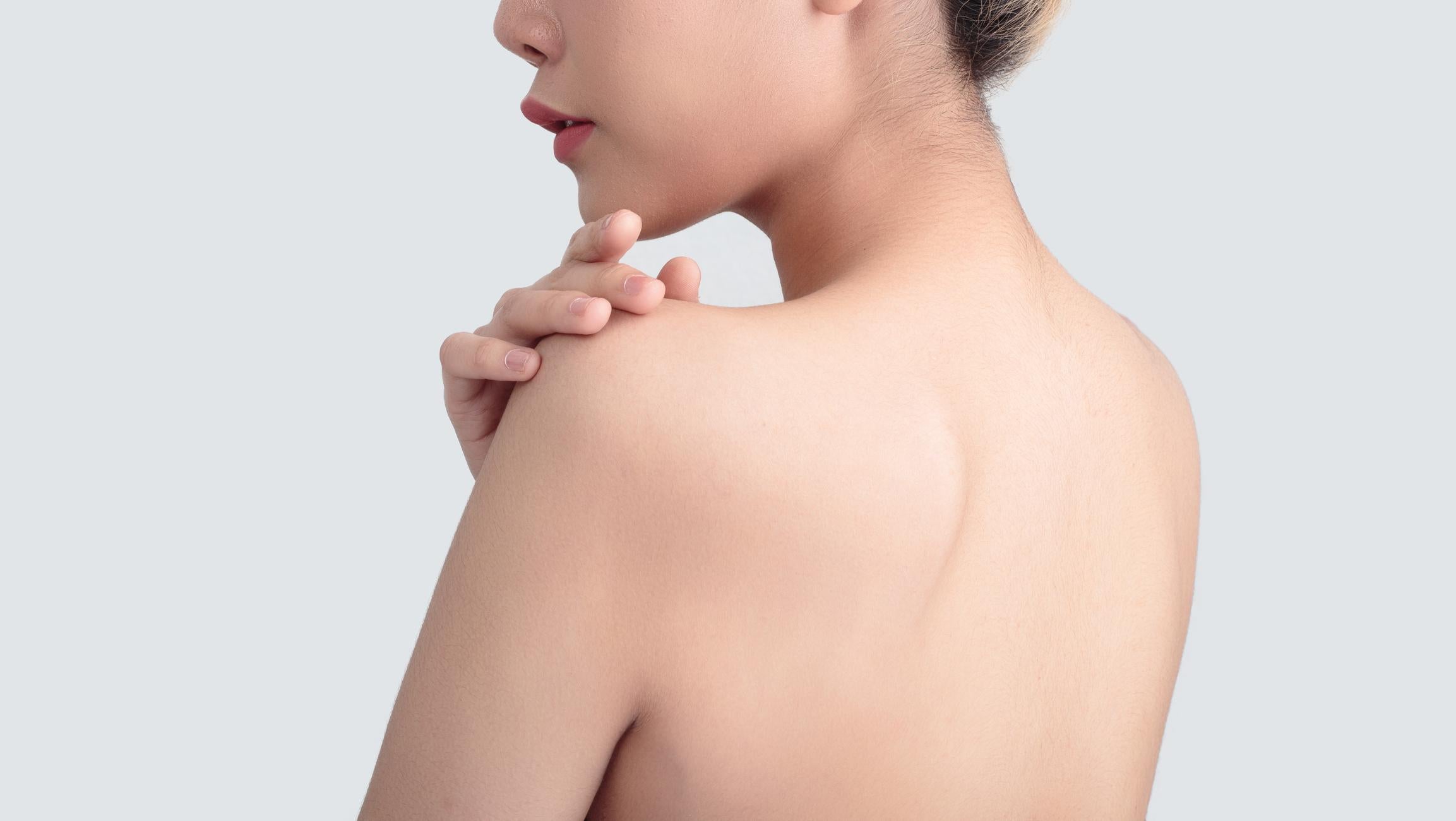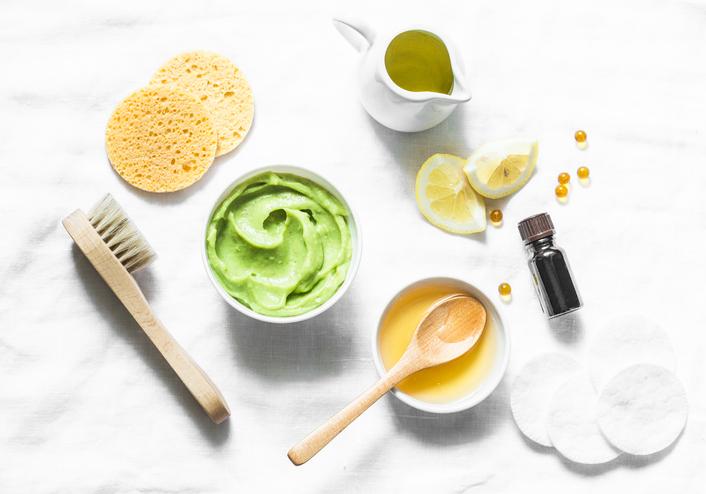
Is Pimple Popping Safe?
It’s obvious that pimple popping is having quite the moment. From countless YouTube videos of charismatic dermatologists popping, squeezing, and draining with abandon to Reddit’s infamous r/popping thread, it seems like everybody and their mother are obsessed with the strangely rewarding experience of watching a pimple get completely obliterated.
While it’s fun and somewhat addicting to watch Dr. Pimple Popper extracting pimples and blackheads in her office, attempting to bring the popping fun to your own space can lead to serious skin consequences if you’re not careful. Wondering how to safely remove pimples at home? We’ve got you covered.
Is Pimple Popping Safe to DIY?
In short, yes - but it depends on what kind of pimples you’re dealing with. As with trying any new skincare treatment, exercise caution when beginning. Recklessly trying to pop any pimples across your face can have serious and possibly long-term consequences.
Reasons you shouldn’t pop your pimples at home unless you know what you’re doing? Well firstly, if you don’t do it right, you can inadvertently cause more dirt and sebum to become trapped in your pores, which can lead to further infection. Additionally, you could cause your pores to become unnecessarily inflamed and even cause scarring or hyperpigmentation.

What Pimples Are Okay to Pop at Home?
Typically your run-of-the-mill blackheads and whiteheads are okay to squeeze out at home, but more severe types of acne like cysts and nodules are better left to the professionals. If you’re unsure of what type of acne you have, it’s always good to do your research first!
If you’re only dealing with one or two spots, popping them (using the right methods and tools of course!) should be fine. Bear in mind though, if you have pimples in areas where your skin is thinner and more vulnerable i.e. around your eyes and cupid’s bow area, it’s safer to have them dissolved or frozen off by an esthetician.
So how exactly are you supposed to go about extracting blackheads and whiteheads yourself? Turns out it’s not that complicated.

How to Pop Pimples Yourself (the Right Way)
If you’re hell-bent on getting that pesky pimple off your face right now, you’re going to want to follow a couple of tried and true steps.
1. Evaluate
Is your pimple ready to be popped? If you have a blemish with a clear white head poking out or a dark blackhead, you know it’s ready. If you just have a red bump without a head, come back in a couple of days and check again. The more ‘ready’ a pimple is, the easier it will be to get it out without a fuss.
2. Cleanse
Next, the obvious—wash your hands! And make sure you’re not wearing any makeup. The foundation is meant to mask your pores, not clog them. If you want, you can take your skin prep a step further and use a gentle exfoliator to slough away any dead skin buildup.
3. Open Up Your Pores
Once your face and hands are clean, grab a hot towel and use it as a compress against the affected area. Let it rest on your face for a few minutes until your pores are nice and open. For an at-home spa experience, you can also steam your face. Fill your sink with hot water or pour boiled water into a bowl then drape a hot towel over your head and place your face close enough to the steam so you can feel it massaging your skin, but not too close to where it feels like your skin is burning. You can get fancy and add some herbs and flowers to the water for an extra spa-like feeling.
4. Get it Poppin’
Alright, time to get to the good stuff. Either grab a sterilized extractor tool or two Q-tips and begin to gently apply pressure on either side of the pimple’s head. With a scooping motion, push down and under the blemish, like you’re trying to force the head up and out.
You don’t want to use your fingernails because 1) Bacteria and 2) Sharp nails can cause micro-tears in the skin, leading to scarring or worse – more breakouts.
Once you’ve finished, wash the affected area again and apply a cold compress to seal the pore. Pores are likely to clog again so wash your face with our Radiant Cleansing Nectar and then apply the Clear Skin Elixir to help keep your pores from clogging.
For extra protection against future breakouts, we recommend our Clear Skin Kit, which contains four potent formulas made to clear and prevent even the most stubborn of breakouts.
If you don’t have the time or money to spend on weekly excursions to the dermatologist, it’s okay to pop your pimples at home – just do it the right way.





